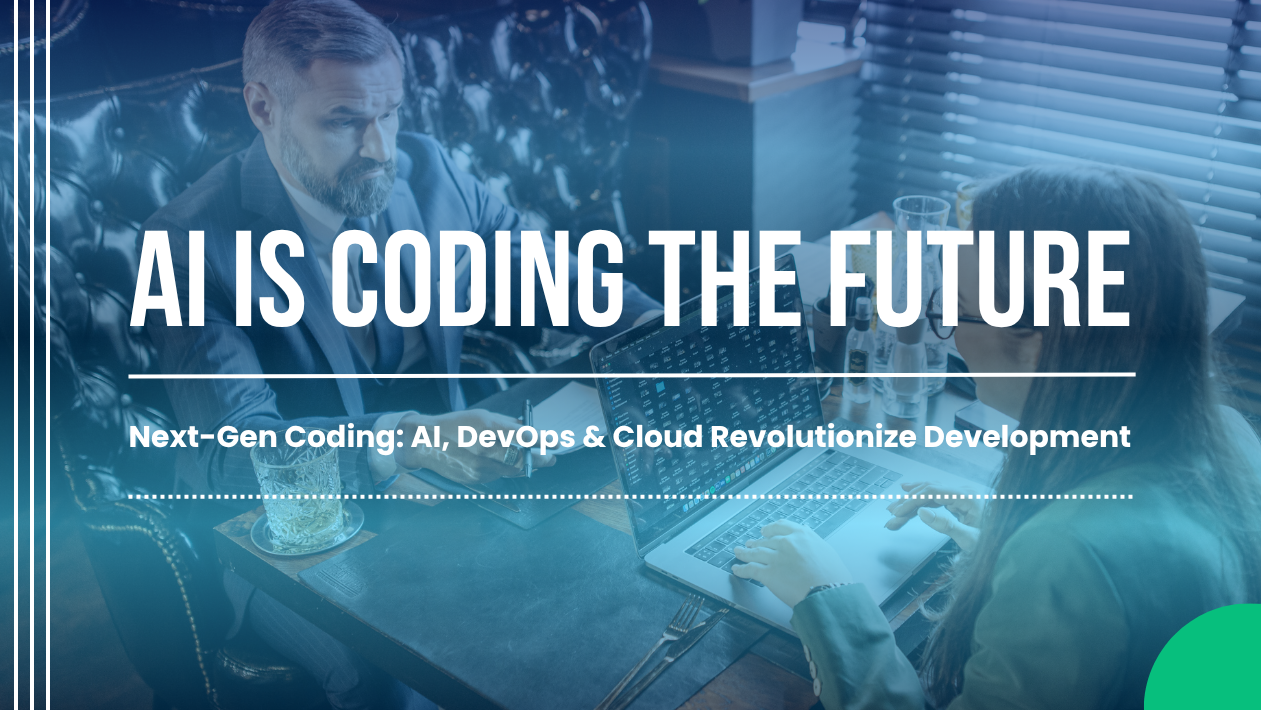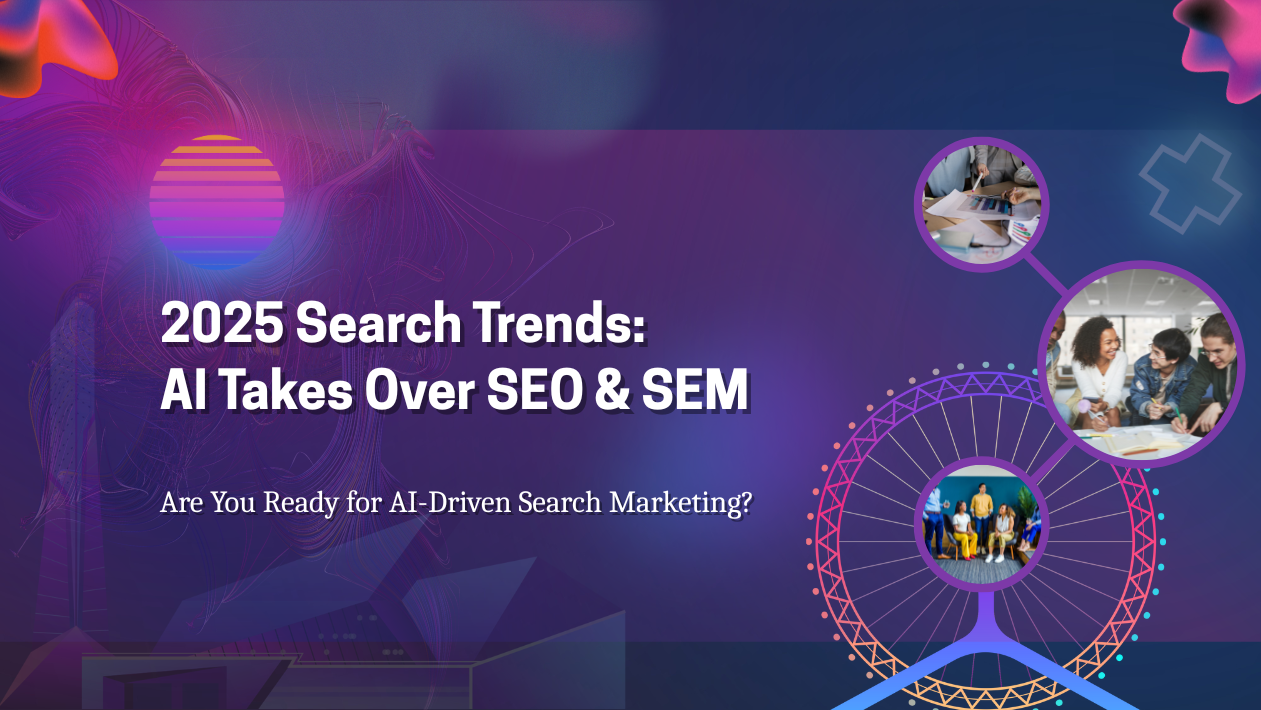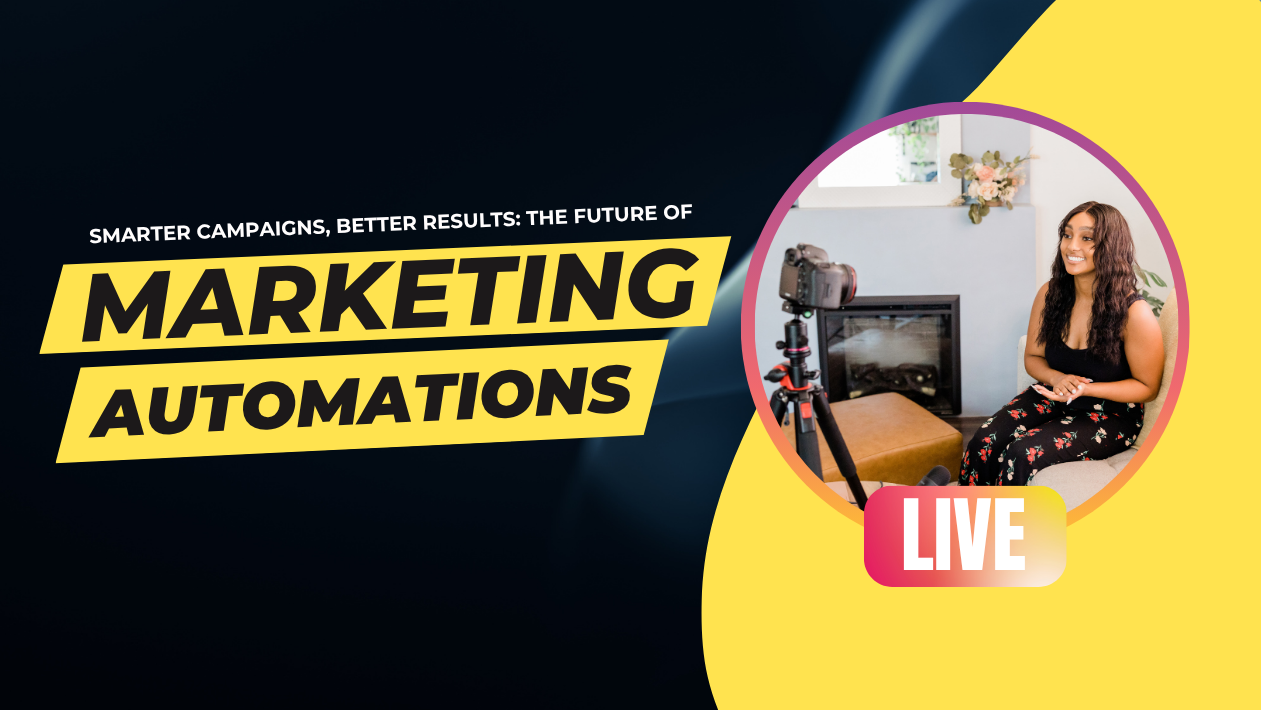In 2025, marketing automation has become smarter, faster, and more customer-centric than ever before. With the integration of AI, real-time data, and predictive analytics, businesses are building automated campaigns that not only save time but also deliver personalized experiences at scale.
As the competition for consumer attention intensifies, brands are turning to advanced automation tools to drive engagement, retention, and revenue growth more efficiently than traditional methods.
AI Enhances Automation with Predictive Intelligence
Modern marketing automation platforms—like HubSpot AI, Salesforce Marketing Cloud, Adobe Journey Optimizer, and ActiveCampaign—are powered by AI that can predict customer behavior, segment audiences intelligently, and optimize message timing for maximum impact.
Campaigns that once took weeks to plan and execute are now being created in minutes with the help of AI assistants that auto-generate subject lines, design emails, and recommend customer journeys.
Hyper-Personalization at Scale Becomes the Norm
In 2025, generic email blasts are obsolete. Thanks to real-time behavioral data and unified customer profiles, marketers can now create hyper-personalized workflows that respond to user actions instantly—across email, SMS, push, and web.
Using Customer Data Platforms (CDPs), businesses are dynamically tailoring offers, recommendations, and content based on interests, location, and intent.
No-Code Tools Empower Non-Technical Teams
The rise of no-code and low-code automation platforms is democratizing access to advanced marketing capabilities. Marketing teams no longer need developers to build workflows, integrations, or dynamic landing pages—empowering faster execution and experimentation.
Platforms like Zapier, Make (Integromat), and Braze Canvas Flow are helping marketers become self-sufficient in driving automation.
Cross-Channel Automation Powers Omnichannel Strategies
Automation is no longer siloed. In 2025, marketers are orchestrating campaigns that connect email, SMS, WhatsApp, social media, chatbots, and websites—all from a single platform. Seamless transitions between channels are key to delivering consistent brand experiences.
Leading eCommerce, fintech, and SaaS brands are already using cross-channel automation to boost customer lifetime value (CLV).
Privacy-Centric Automation Gains Priority
With stricter data privacy laws like India’s DPDP Act, GDPR, and CCPA, marketing automation tools now come with built-in compliance features—such as consent management, data minimization, and anonymized tracking.
Smart marketers are leveraging first-party data and zero-party data (user-supplied preferences) to maintain trust while personalizing effectively.





